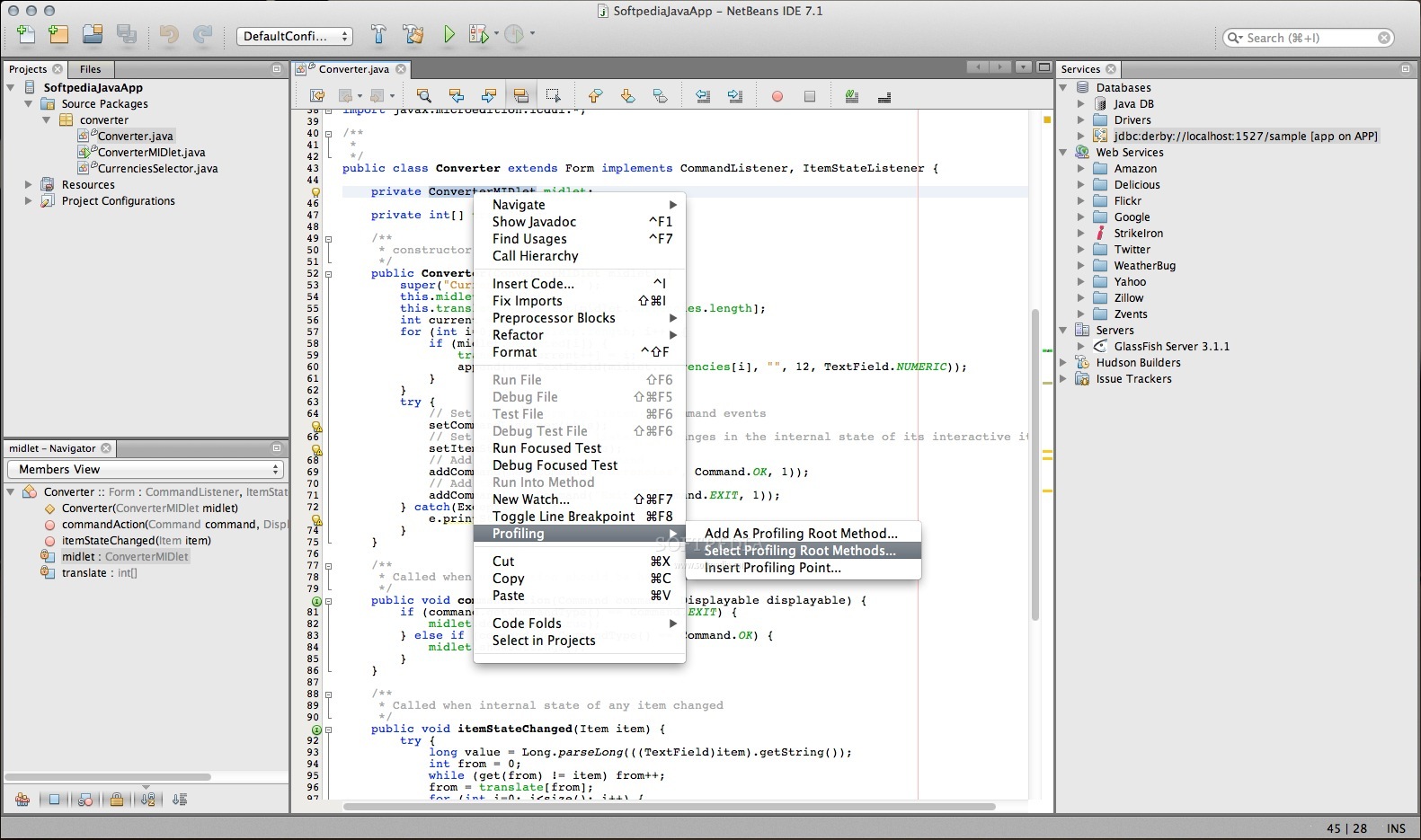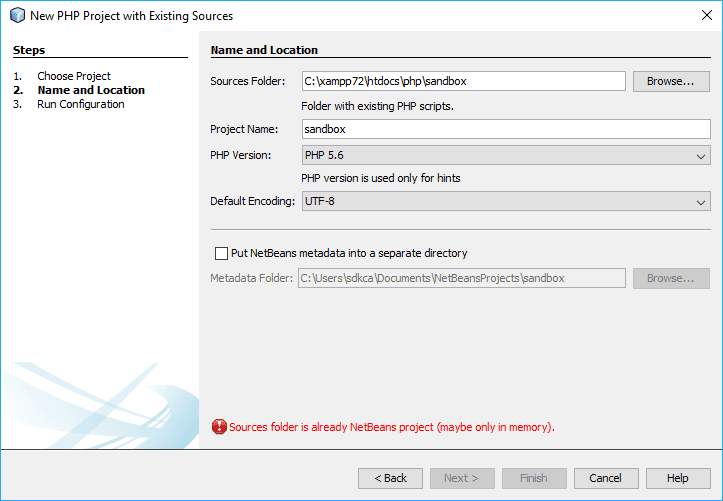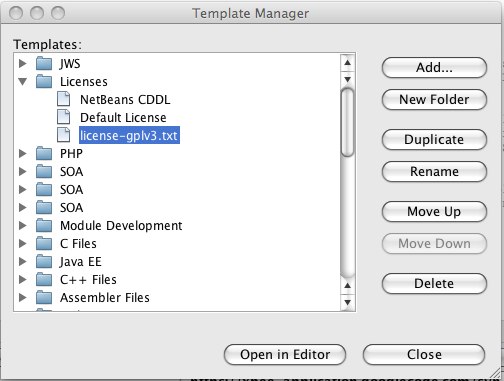
- Netbeans plateform how to#
- Netbeans plateform install#
- Netbeans plateform software#
- Netbeans plateform code#

Netbeans plateform code#
We will generate Java code from it in the next section. vpp project file in the Java project folder. When you are prompted to enter the path of project file, keep Create in default path selected and click OK.To create a UML model, right-click on the project root node in the Projects pane and select Open Visual Paradigm from the popup menu. Leave other settings as default and click Finish to create the project. Enter Online Shop in the Project Name field.In the New Project window, select Java category and choose Java Class Library as the project type.Click the New Project button at the toolbar to open the New Project window.In order not to mess up with your production work, we will create a new Java project for this tutorial. In this section, we are going to create a UML model from a Java project in NetBeans.
Netbeans plateform how to#
When finished files copying, close Visual Paradigm and move on to the next section to see how to create a Java application in NetBeans along with UML model.Ĭreating a UML Model for your Java project If you see the error messages "java.io.IOException: Cannot make dirs for file.", please restart Visual Paradigm with the Run as Administrator option.

Specify the path of your NetBeans installation and click Next.

In Visual Paradigm, select Window > Integration > IDE Integration.So, turn off your NetBeans and start Visual Paradigm.
Netbeans plateform install#
We need to install the integration from Visual Paradigm. It supports all sorts of UML modeling features, Business Process Modeling with OMG's Business Process Modeling Notation (BPMN), ERD (for database design), code generation, reverse engineering, database generation/reversal, Hibernate, report composer and report generation.
Netbeans plateform software#
Visual Paradigm targets software teams who want to develop software with professional design, reporting, code and database engineering supports. If you are using an earlier version, please consider upgrading your NetBeans. Note: We only support NetBeans 6.7 or upper versions. We suppose you have already installed it but if you haven't, please download it from the NetBeans official site get it installed. Of course, you need the NetBeans IDE as well. They can be downloaded from Visual Paradigm download page. In order to follow and complete this tutorial, you must have Visual Paradigm installed.

This one-stop-shop solution enables developers to carry out the entire agile development process within one place. Visual Paradigm is award-winding agile development platform that encompasses of widely-used agile toolset such as user story, use case, UML visual model, coding engineering, teamwork and project management capabilities.


 0 kommentar(er)
0 kommentar(er)
